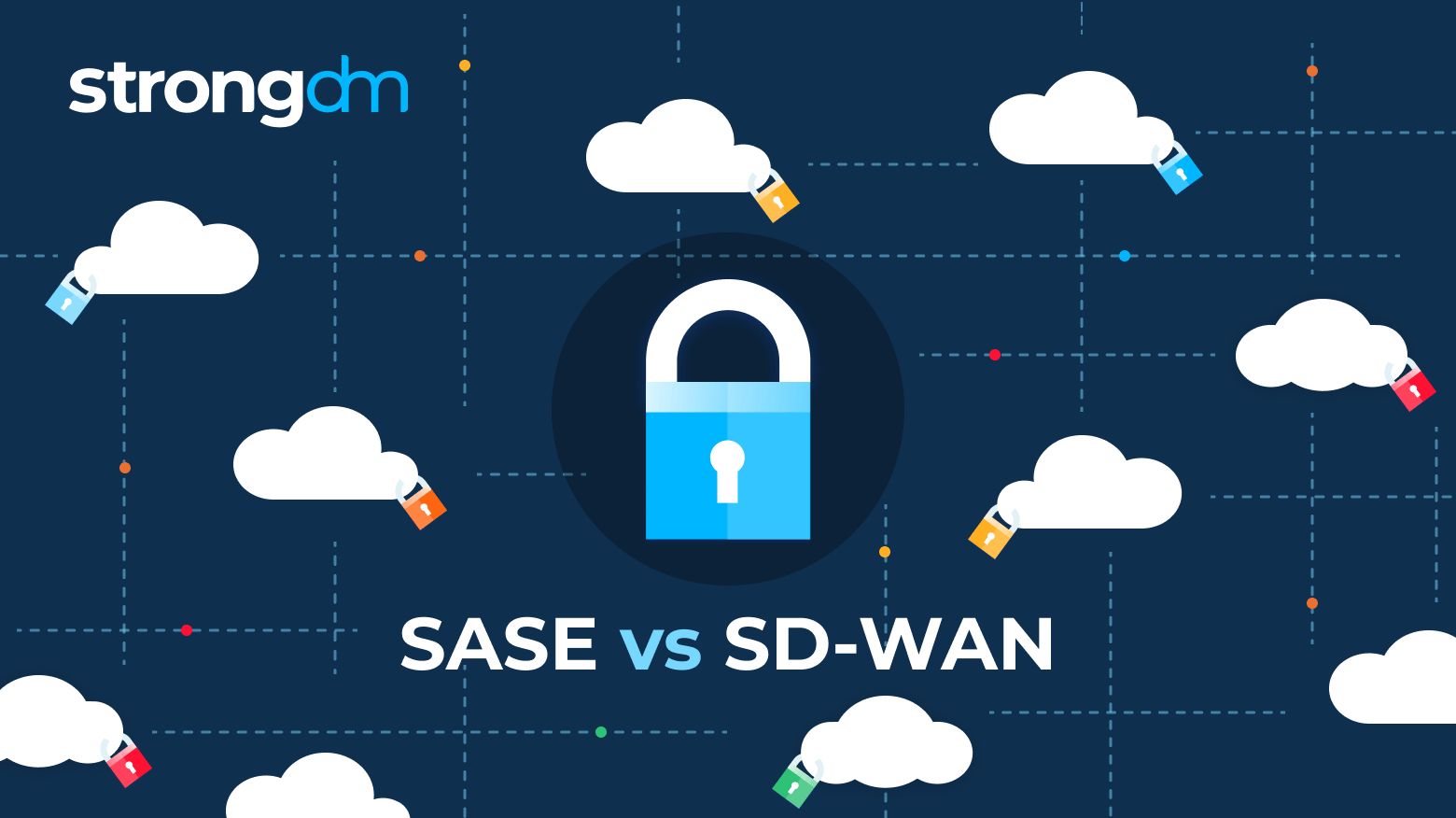
SD-WAN (Software-Defined Wide Area Network) and SASE (Secure Access Service Edge) are related technologies that can work together to create a more secure and efficient network infrastructure. SASE is a cloud-native security framework that incorporates SD-WAN as one of its key components.
Here's how they are related and how they complement each other:
SD-WAN as a Component of SASE:
Network and Security Convergence:
Secure Remote Access:
Traffic Optimization:
Security Services:
Zero Trust Architecture:
Cloud-Native Architecture:
Global Reach:
Reduced Complexity:
In summary, SD-WAN and SASE are related in that SD-WAN is a fundamental element of the broader SASE framework. While SD-WAN primarily focuses on optimizing and securing network transport, SASE extends this by integrating a wide range of security services and policies, all delivered from the cloud. Together, they offer a holistic approach to network and security management, which is particularly well-suited to the needs of modern, distributed organizations.
Thank you